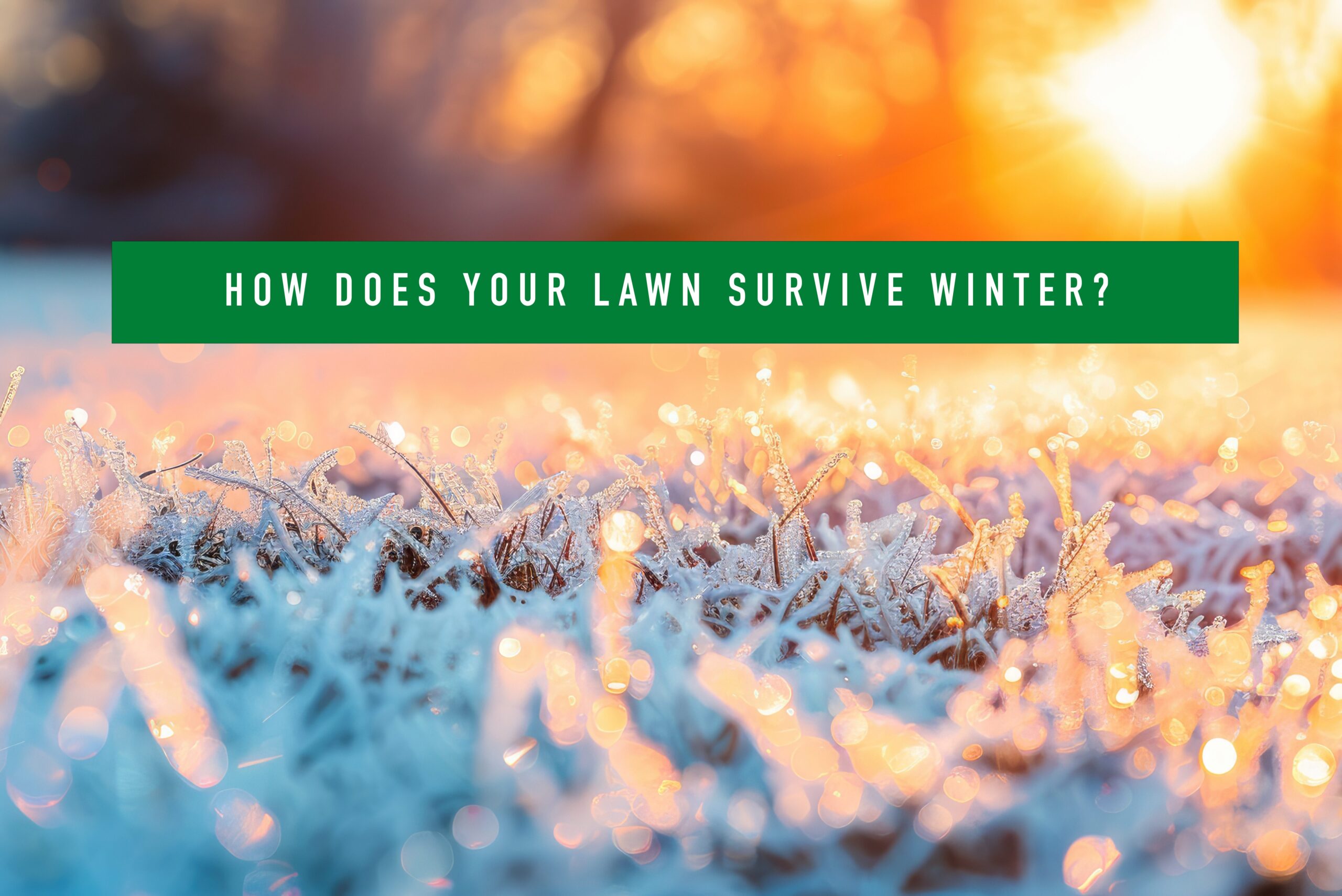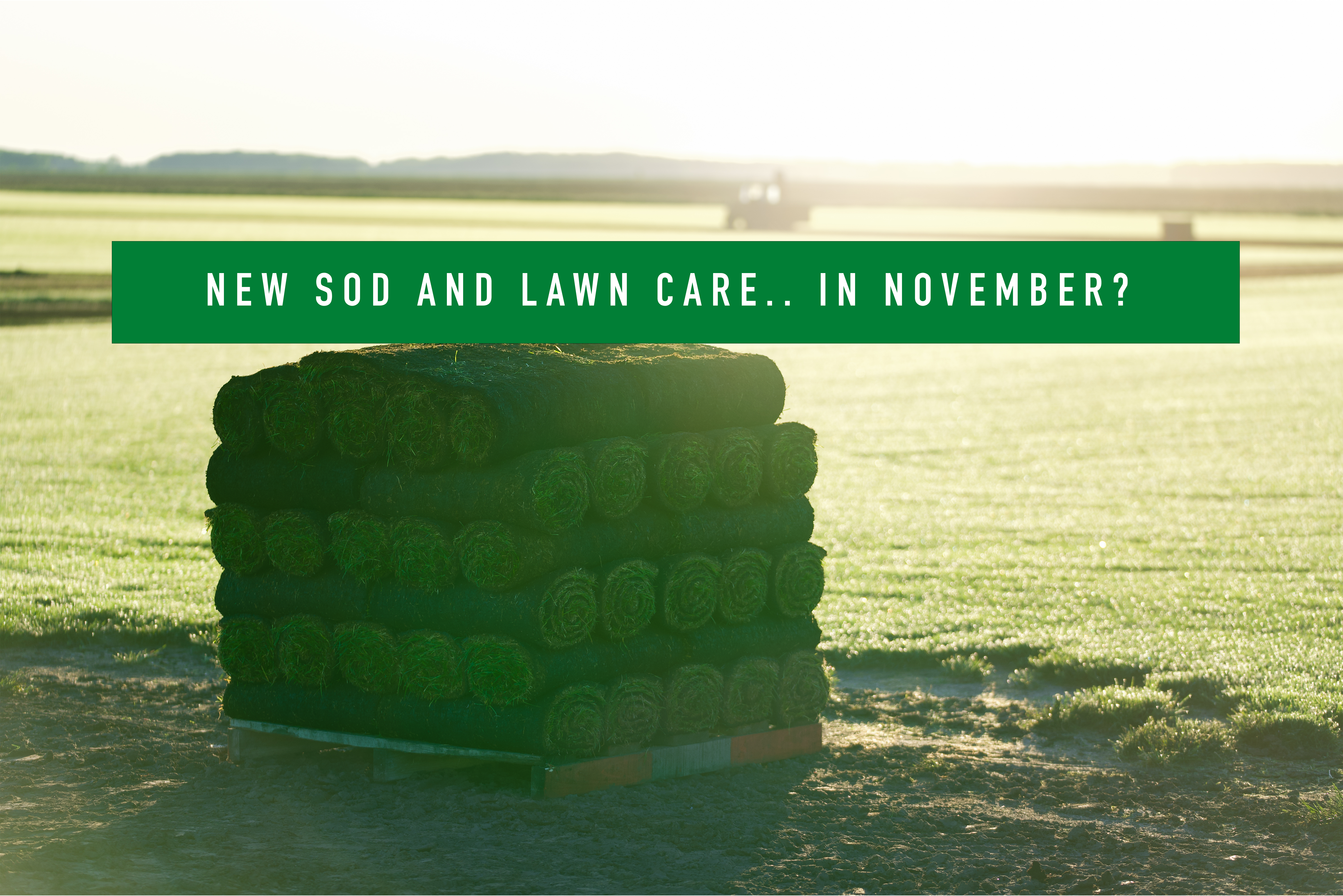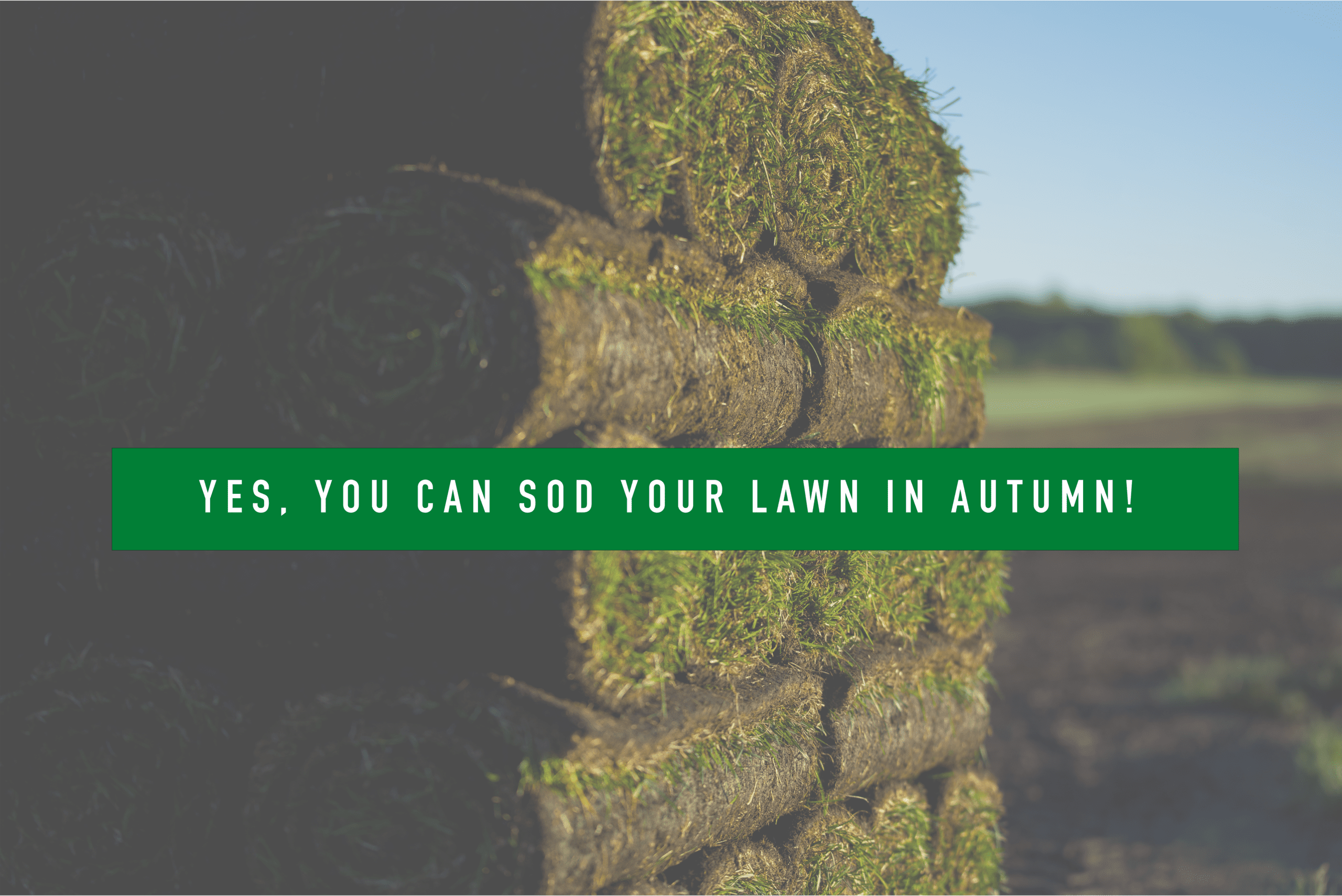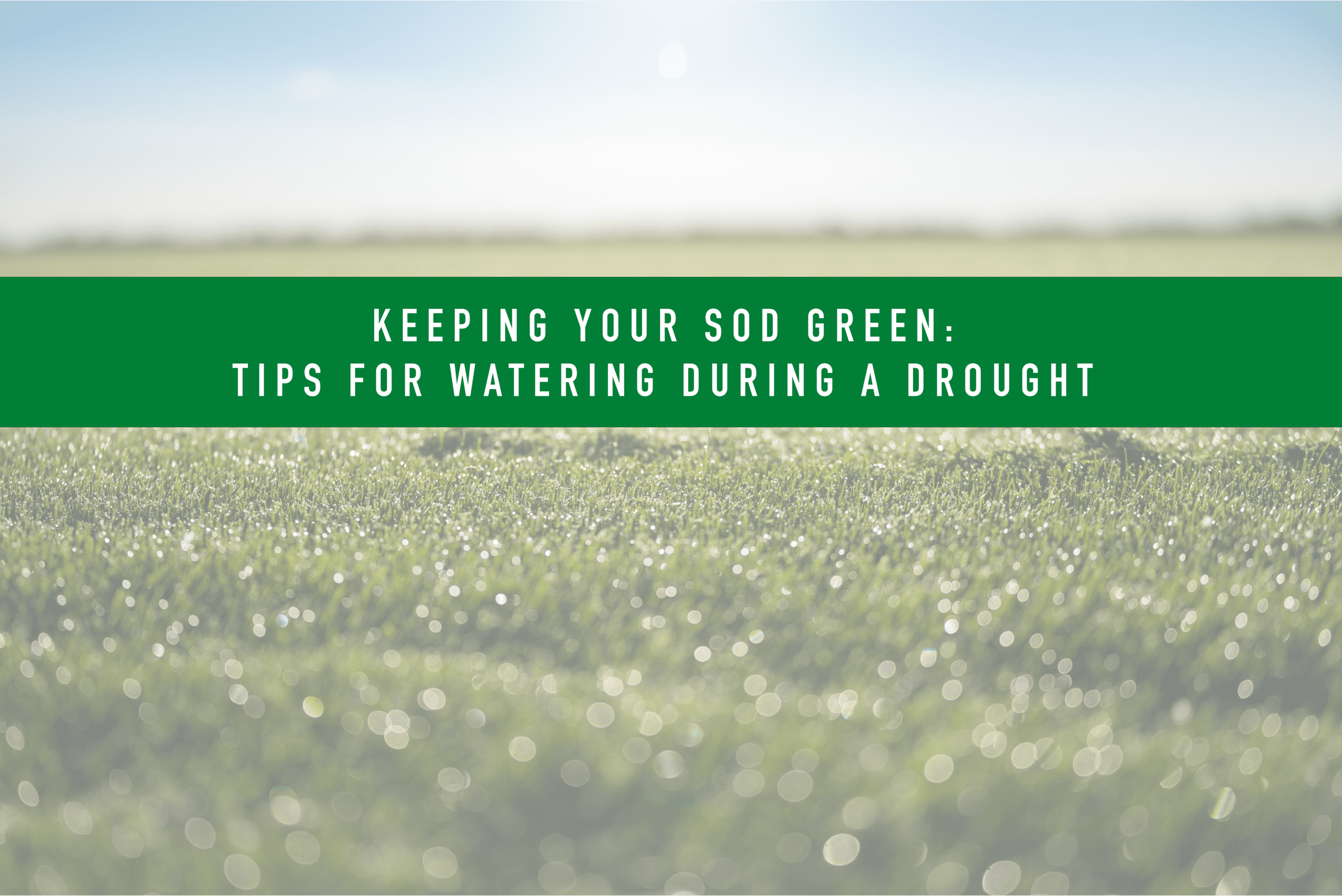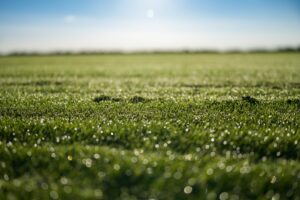As summer winds down in Minnesota, many homeowners assume the window for installing sod has closed. But here’s the truth: you can successfully lay sod well into the fall season in Minnesota. Depending on the weather, you can lay sod through October and sometimes even into November, and early fall is actually one of the best times of the year to install! B&B Hoffman Sod is here to discuss how cooler weather and natural conditions set your new grass up for success, so you can enjoy a lush, healthy yard next spring.
Why Fall Is Ideal for Sod Installation in Minnesota:
Cooler Temperatures Mean Less Stress
Unlike the intense heat of summer, Minnesota’s fall weather provides mild, consistent temperatures that are much gentler on sod. This allows the grass to focus on root development instead of battling dehydration and heat stress.
More Reliable Moisture
Fall typically brings more frequent and steady rainfall, which is essential for helping sod take root. Combined with cooler weather, this reduces how often and how much you’ll need to water, saving both time and effort while ensuring proper establishment.
Fewer Weeds to Compete With
Luckily, weeds naturally slow down in the fall. This gives your sod a head start, so it can grow strong without being crowded out by dandelions or crabgrass.
Healthy Soil Conditions
By autumn, Minnesota’s soil has cooled from the summer heat, creating the perfect environment for sod roots to establish. Cooler soil not only encourages growth but also helps reduce the risk of disease that thrives in hot, humid weather.
How Late Is Too Late to Sod in Minnesota?
The general rule is simple: as long as the ground isn’t frozen, you can lay sod. Most years in Minnesota, that means sod installation is possible well into October and sometimes even in November. The earlier you install, the better chance your sod will have to develop roots before winter. Don’t worry if winter shows up unexpectedly before your sod takes root! Sod will go dormant and take off in the spring.
![]() Pro tip: Keep in mind you will need a water source if you choose to install sod late in the season. November can still be warm enough to have to water and mow, so if you’ve already shut down your irrigation system, make sure to manually water your new sod!
Pro tip: Keep in mind you will need a water source if you choose to install sod late in the season. November can still be warm enough to have to water and mow, so if you’ve already shut down your irrigation system, make sure to manually water your new sod!
Tips for Successful Fall Sod Installation
Timing: You can lay sod through October and into November so long as the ground isn’t frozen! Since you never know what the weather will bring, aim to lay sod early to mid-fall.
Prepare Your Yard: Remove debris, level the soil, and loosen compacted areas for better root contact.
![]() Water Regularly: Even in cooler temps, sod needs consistent moisture to take hold. Don’t rely only on rainfall; Make sure your sod gets adequate watering until it’s established.
Water Regularly: Even in cooler temps, sod needs consistent moisture to take hold. Don’t rely only on rainfall; Make sure your sod gets adequate watering until it’s established.
![]() Limit Foot Traffic: Keep kids, pets, and heavy use off your new sod until you’ve mowed it at least once.
Limit Foot Traffic: Keep kids, pets, and heavy use off your new sod until you’ve mowed it at least once.
![]() Work with a Professional Sod Supplier: High-quality sod makes all the difference. That’s where B&B Hoffman Sod comes in.
Work with a Professional Sod Supplier: High-quality sod makes all the difference. That’s where B&B Hoffman Sod comes in.
By following our installation and maintenance advice, your sod will take root and look amazing! B&B Hoffman Sod is available to help answer any questions regarding your new sod. Call us at 763-434-6572 or send us an email. We’re happy to ensure your lawn always looks its best!
![]() Pro tip: October is the ideal time to winterize your lawn with a nutrient-rich fertilizer. B&B Hoffman Sod sells the same premium fertilizers we use on our own farm, so you can make sure your lawn will continue to look lush and green long after installation.
Pro tip: October is the ideal time to winterize your lawn with a nutrient-rich fertilizer. B&B Hoffman Sod sells the same premium fertilizers we use on our own farm, so you can make sure your lawn will continue to look lush and green long after installation.
Get Your Minnesota Sod Installed Before Winter
Don’t wait until spring! Fall sod installation in Minnesota gives your yard a head start for next season. By laying sod now, you’ll avoid the heat stress of summer, minimize weed competition, and ensure your lawn is ready to turn green and vibrant the moment the snow melts.
B&B Hoffman Sod has been helping Minnesota homeowners and businesses with high-quality sod for decades. Whether you need to install sod for a new build, refresh a tired lawn, or repair problem areas, fall is the perfect season to do it. Contact us today at 763-434-6572 to schedule your sod installation before the ground freezes. Your lawn will thank you come spring!
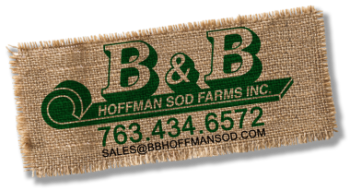

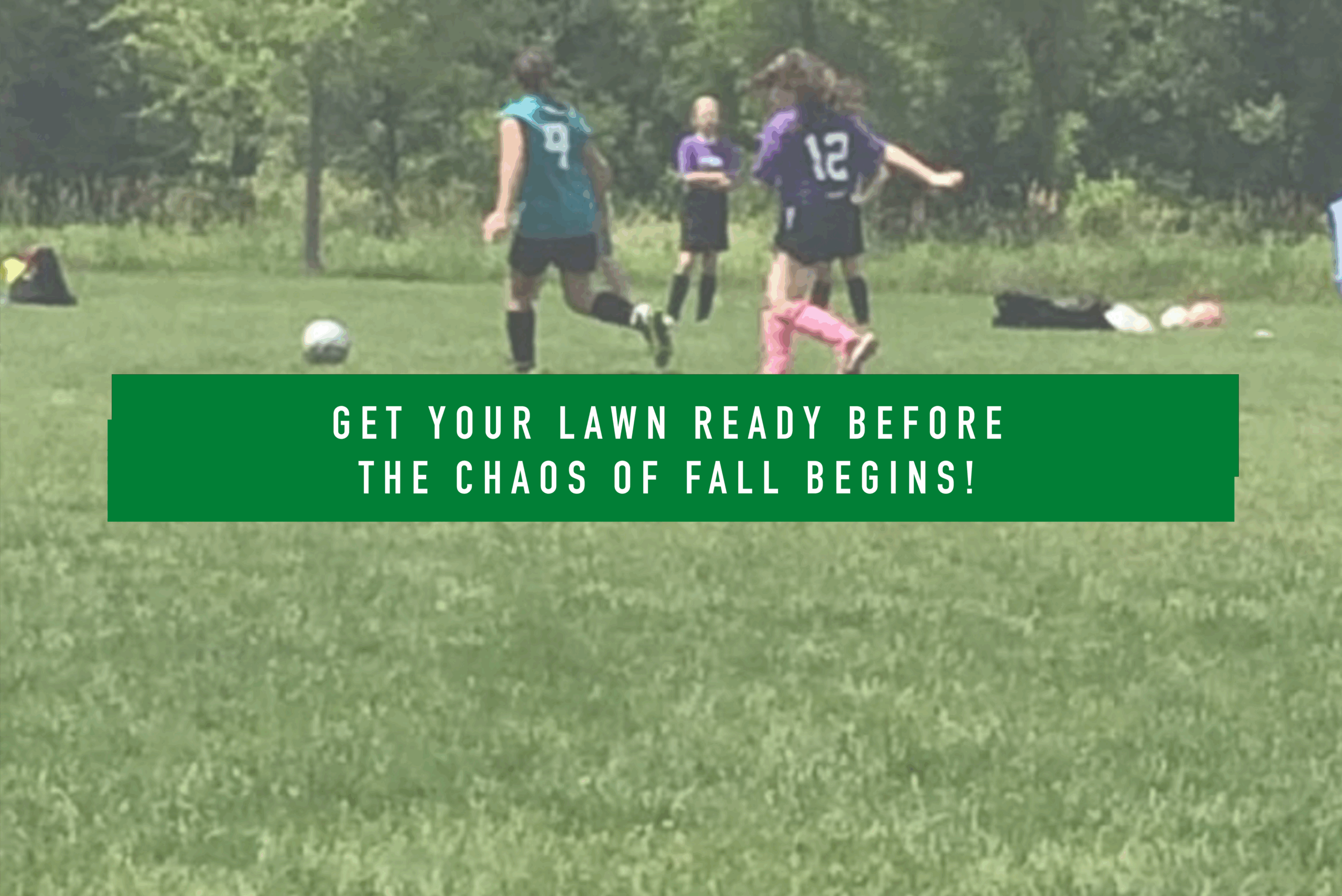
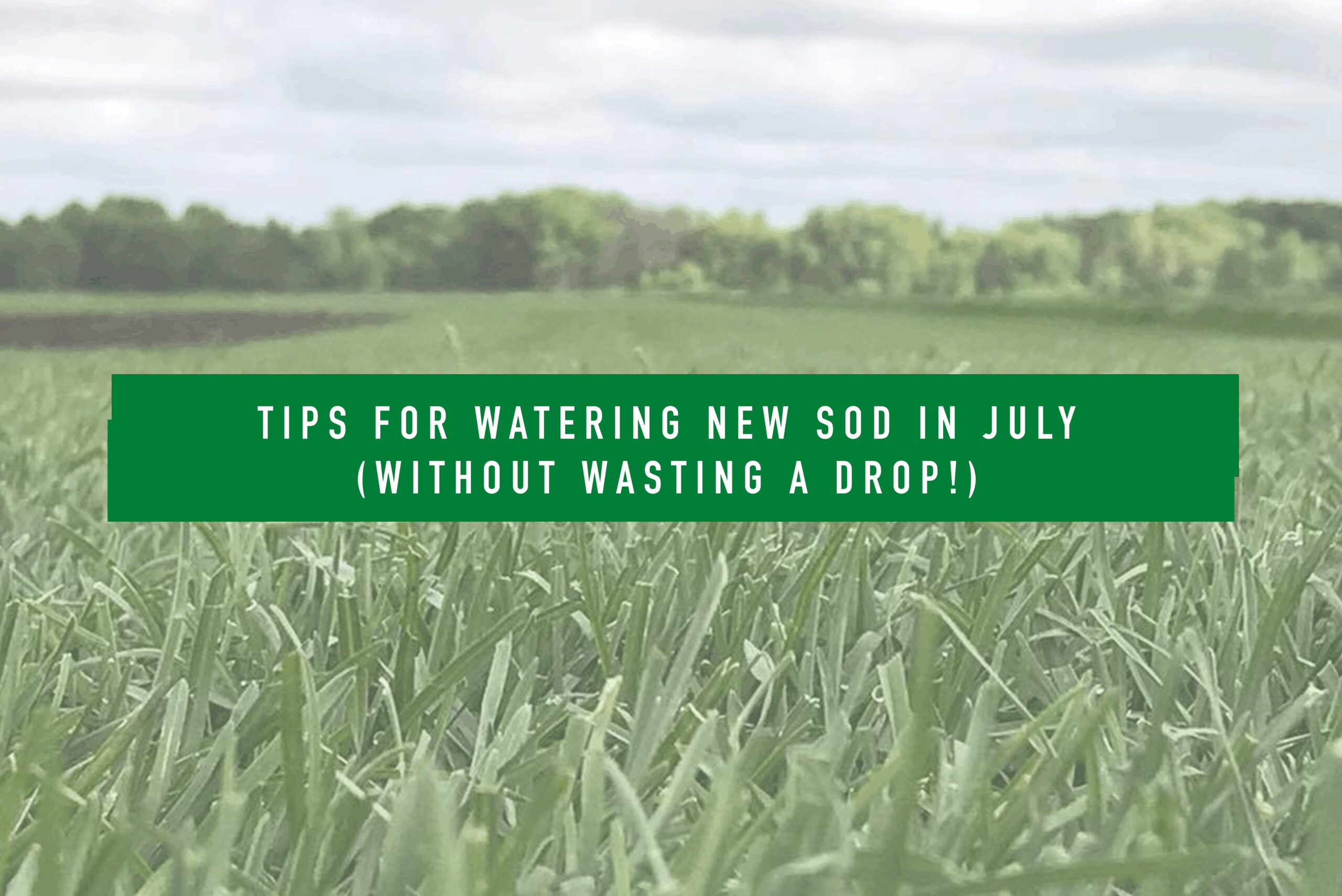


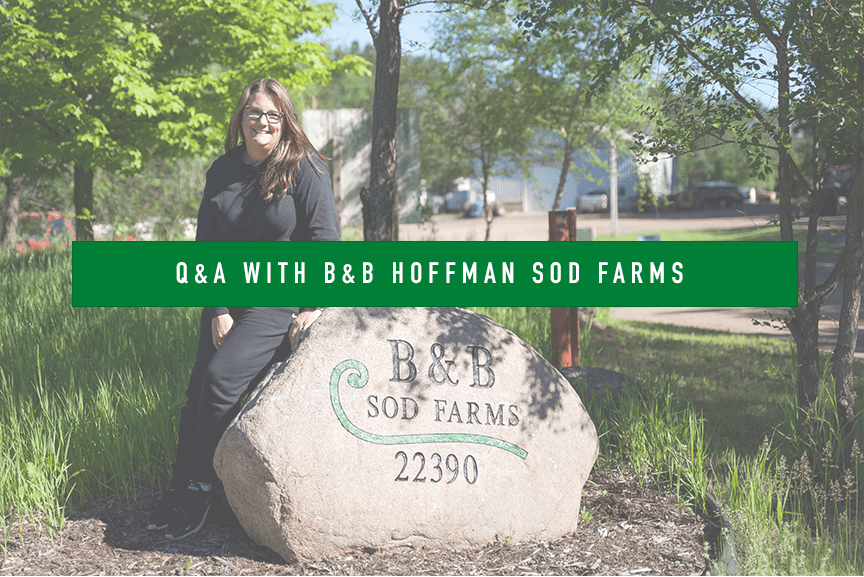

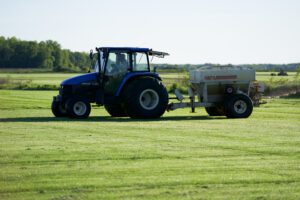



 Safer for Sports and Play
Safer for Sports and Play
